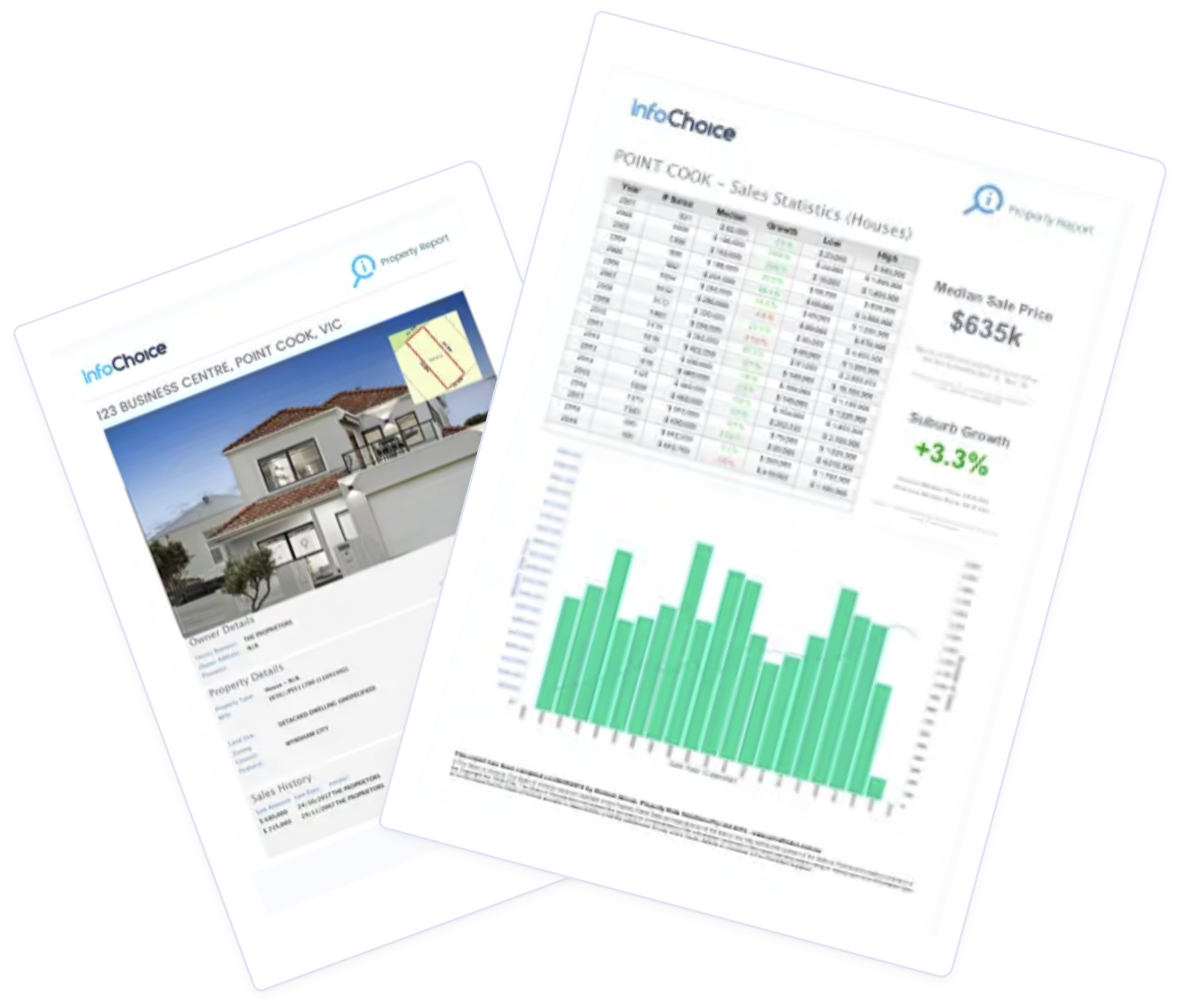
Home equity is the current market value of your property, minus any outstanding mortgage or loan balances you may have against it. As you pay off your mortgage, your equity increases. Once you're fully paid, you'll have full equity.
In other words, it's the portion of the property you actually own and can be accessed as equity release.
What is home equity release?
Home equity release is a way that allows homeowners to tap the wealth tied up in their property without selling it. It is primarily targeted at Australians aged 60 or older who might find themselves asset-rich but cash-poor, as it is designed to provide a solution to supplement their income, fund a more comfortable retirement, or cover medical and other living expenses while they're still living in the property.
The amount of equity that can be released depends on several factors including the value of the home, the homeowner's age, and the specific policies of the equity release provider or scheme.
The age requirement ensures that the applicants of home equity release schemes have likely built substantial equity in their homes. Generally, the older you are, the more money you can potentially release.
However, it's crucial to understand that releasing the equity of your home entails a few risks that may impact your estate and benefit entitlements.
Types of home equity release loans
Many of the equity release arrangements (except HEAS, more on that later) are considered credit contracts and thus regulated by the Australian Securities and Investments Commission (ASIC). Providers must hold an Australian Credit Licence (ACL) to offer these products.
"It's essential to understand the different types of home equity release products available. You've got your reverse mortgages and home reversion schemes, each with its pros and cons," C.L. Mike Schmidt, an attorney at Schmidt & Clark LLP, told InfoChoice.
These are the two most common types of home equity conversion loans in Australia:
Reverse Mortgage
A reverse mortgage is a type of loan that allows homeowners aged 60 and over to borrow money using the equity in their home as security. Reverse mortgages are offered by private lenders and typically have higher interest rates and fees.
In this scheme, the minimum you can draw is typically $10,000 and the most is likely 15-20% of the value of your home. Depending on your lender policy, you can take the amount you borrow as a regular income stream, a lump sum, or a combination of both.
You as the homeowner retain ownership of your property and, unlike in typical mortgages, do not have to make repayments while living there. However, the interest charged compounds over time and is added to the principal loan amount - this can rapidly increase the loan value and erode your remaining equity.
As such, it is not uncommon that your equity will decrease as your debt grows over the loan's lifetime. When this happens, "the beneficiaries of the borrower may inherit less, as a significant portion of the estate could be used to repay the loan," Mr Schmidt said.
The principal and the accumulated interest are repaid when comes time the borrower or the estate sells the property, or when the homeowner moves out or passes away.
To protect older Australians who rely on home equity as a key component of their retirement strategy, negative equity protection was introduced.
So, what is negative equity protection?
Reverse mortgages taken out from 18 September 2012 have a non-negative equity guarantee, meaning the value of the loan cannot exceed the value of the property. Put simply, reverse mortgage borrowers won't end up owing the lender more than their home is worth.
Even if interest compounds, the most you will owe is the full value of your home.
"This also means that the other assets of the estate beneficiaries are protected from loan obligation," said Michael Sauer, director and certified financial planner of Victoria-based financial planning firm Source Wealth.
Heartland Reverse Mortgage allows people over 60 to access some of the equity in their home, helping them fund a more comfortable retirement. Importantly, with a reverse mortgage you continue to own and live in your home.
Highlights- Heartland deeply understands the particular needs of people over 60 and has a passion for changing the lives of Australians as they are moving to, or in, retirement.
- Flexible drawdown options such as a lump sum up front, regular ongoing advances (monthly, quarterly or annually), or a ‘cash reserve’ facility for future access to funds.
Australian Seniors Advantage Group (ASAG) Reverse Mortgage allows senior homeowners to borrow money against their home without monthly repayments and having to sell.
Highlights- Eliminate Regular Debt Payments
- Continue to Live in Your Home
- Improve Your Home & Lifestyle
- Government Regulated - No Negative Equity Guarantee
*Comparison rate is based on a loan of $150,000 over a term of 25 years. Please note the comparison rate only applies to the examples given. Different loan amounts and terms will result in different comparison rates. Costs such as redraw fees and costs savings, such as fee waivers, are not included in the comparison rate but may influence the cost of the loan. Product information last updated 16th, October 2025.
Home Reversion Scheme
Under the home reversion scheme (aka home sale proceeds sharing), a homeowner sells a portion (or a share) of the future value of their property - while still living in it - to a provider in exchange for a lump sum.
The scheme provider typically pays a discounted amount for the share of the future value it acquires. They may also offer a rebate feature, which means you or your estate can get your money back if you sell your home or pass away earlier than expected.
For example, suppose you sell 20% of the future value of your $500,000 home to a provider, depending on your age, you may be offered a discounted price of between $37,000 and $78,000. When you sell your home, the provider receives their share of the proceeds (in this case, the 20% you sold). Say your property sold for $700,000, the provider gets $140,000, minus any applicable rebate.
Because of its nature that is largely dependent on the assumption that the property will rise in value, home reversion schemes are traditionally only offered in areas where house prices have generally risen, for example certain capital cities like Sydney.
Impacts of home equity release loans on Age Pension
One of the important aspects to consider when taking out a home equity release loan is its implications on your pension. Generally, its impact on a borrower's eligibility for income support payments depends on whether the money drawn is used to acquire an asset or not.
"When a borrower takes out a home equity release loan, the released equity may be assessed as an asset or income under the income and assets tests used by Centrelink and the Department of Veterans Affairs (DVA). This could potentially affect the borrower's eligibility for pensions or other benefits," Mr Schmidt said.
Assuming you've drawn $80,000 from a reverse mortgage, here are the things you should consider:
-
If the full amount remains unspent and is parked in a savings account, $40,000 is exempt from the Centrelink/DVA assets test for the first 90 days, while the remaining $40,000 balance is immediately assessable.
-
Once the 90 days have elapsed, the whole balance, if unspent, will be subject to the assets test. If your assets exceed the limit for your situation (as an individual or part of a couple), your pension will reduce.
-
However, if the full amount is kept in any financial investment (e.g. savings account, term deposit), it is deemed under the income test from day one. If your increased income pushes you over the cut-off point for your situation, it could also reduce your Age Pension payments.
The rules around how home equity release loans are assessed can be complex and may vary depending on the borrower's circumstances and the specific product they choose.
How does it affect future aged care costs?
Using an equity release loan to fund aged care can have significant impacts on aged care costs. It's sort of a catch-22.
"Aged care costs in Australia can be substantial and are often tied to the value of the borrower's home. By taking out a home equity release loan, the borrower is reducing the equity in their home, which could limit their ability to fund future aged care costs," Mr Schmidt said.
When you tap into your home's equity through a reverse mortgage, the loan amount, along with the compounded interest, is repaid from the sale of your home when you, say, move into permanent aged care. This means your equity, which can be used for future aged care costs, decreases over time as interest accumulates.
"Therefore, it's crucial for borrowers to consider their potential future needs and seek professional advice before deciding to take out a home equity release loan," Mr Schmidt added.
Here's an alternative: Home Equity Access Scheme
Unlike home equity release loans provided by private institutions, the Home Equity Access Scheme (HEAS), formerly known as the Pension Loans Scheme, is a government initiative provided by Services Australia and the Department of Veterans Affairs.
It allows eligible Australian homeowners at Age Pension age to use their homes' equity as security to access non-taxable fortnightly instalments up to 150% of the maximum fortnightly pension payments. Meaning, although you can choose the amount to get, your combined pension and loan payments from the scheme cannot exceed 1.5 times your maximum fortnightly pension rate.
Since 1 July 2022, the scheme has enabled participants to get up to two lump sums in addition to, or instead of, fortnightly payments. Total lump sum payments over a 26-fortnight period can be up to 50% of the maximum annual Age Pension rate. However, this option will reduce next year's payments.
The interest rate compounds each fortnight on the loan balance until you repay the full amount. The longer you take to repay the loan, the more interest will accumulate.
Under this scheme, you are not required to make repayments, but you can do it voluntarily at any time. The full loan amount (principal, accrued interest, legal costs) must be repaid when the house is sold or within 14 weeks of the borrower passing away.
Similar to reverse mortgages, a no negative equity guarantee applies to HEAS. This means the loan cannot create a debt beyond the value of the property, thus protecting the other assets of the estate beneficiaries.
Reverse mortgage vs HEAS: Which one should you choose?
|
Reverse mortgage (Varies by provider) |
Home Equity Access Scheme |
|
|
Age requirement |
60 years old or older |
67 years old or older |
|
Loan payment amount |
$10,000 up to 15%-20% of your home's value |
Up to 150% of fortnightly Age Pension payment |
|
Payment types |
Lump sum Regular income stream (weekly, fortnightly, monthly) |
Fortnightly instalments Max of 2 lump sums per year |
|
Loan repayments |
Must be repaid in full when the property is sold, or when the borrower moves out or passes away |
Must be repaid in full when the property is sold, or when the borrower moves out or passes away |
|
Assets test |
Up to $40,000 is exempt for the first 90 days; the remaining balance is immediately assessed |
Exempt |
|
Income test |
Assessed if kept in a financial investment (e.g. a savings account) from day one |
Exempt |
Assuming you are both eligible for a reverse mortgage offered by private lenders and the government-backed Home Equity Access Scheme, choosing which one to use for your home equity release depends on your financial needs and circumstances.
"From a cost perspective, HEAS will always be cheaper. The current interest rate applied to the Home Equity Access Scheme is only 3.95% which is actually below the current RBA cash rate of 4.35%," Mr Sauer noted.
"By contrast, reverse mortgage interest rates are around 8-9% currently. Reverse mortgages also often have establishment costs of a few thousand dollars."
As such:
-
HEAS may be a more attractive option for pensioners who only need a fair bit of extra funds to supplement their retirement income and want to minimise fees and interest charges.
-
However, those who require access to a greater level of funds may benefit better from taking out a reverse mortgage, given that it generally allows borrowers to draw up to 20% of their home's value upfront.
"The HEAS only allows a yearly payment of 150% of the full Age Pension rate, so if a couple is already receiving the full yearly Age Pension of $43,752, they can only access an additional 50% or $21,876 per annum," Mr Sauer pointed out.
So while it may be the more expensive option, Mr Schmidt said, "If you require a larger amount or prefer the flexibility, a reverse mortgage may be the better choice."
Can you still leave an inheritance?
Yes, it is possible to leave an inheritance to your heirs. However, whether you opt for a reverse mortgage or the HEAS, the estate could be significantly reduced or liquidated depending on the amount of equity released and the accumulated debt.
"When a borrower takes out a home equity release loan, they are essentially borrowing against the value of their home. This loan, plus any accrued interest, must be repaid, usually from the sale of the home after the borrower's death," Mr Schmidt said.
"This could potentially deplete the estate, leaving little to no inheritance for the beneficiaries."
This highlights the importance of assessing your financial needs not just today but also in the future. Determine how much you require and consider how your entitlements and estate might be impacted by choosing to release equity now.
"It's also important to note that the impact on the borrower's estate and beneficiary entitlements can vary depending on the specific terms and conditions of the loan," Mr Schmidt said.
"Some agreements may stipulate that the loan must be repaid in full upon the borrower's death, which could force the beneficiaries to sell the home even if they wished to keep it."
It pays to think carefully about how much equity to release and consider the rate charged, as compounding interest can quickly erode the remaining equity in your home and thus the estate you leave to your beneficiaries.
Before you do anything, consult with legal and financial professionals who can help you navigate the complexities of this scheme and ensure that your interests are protected.
Photo by Freepik


